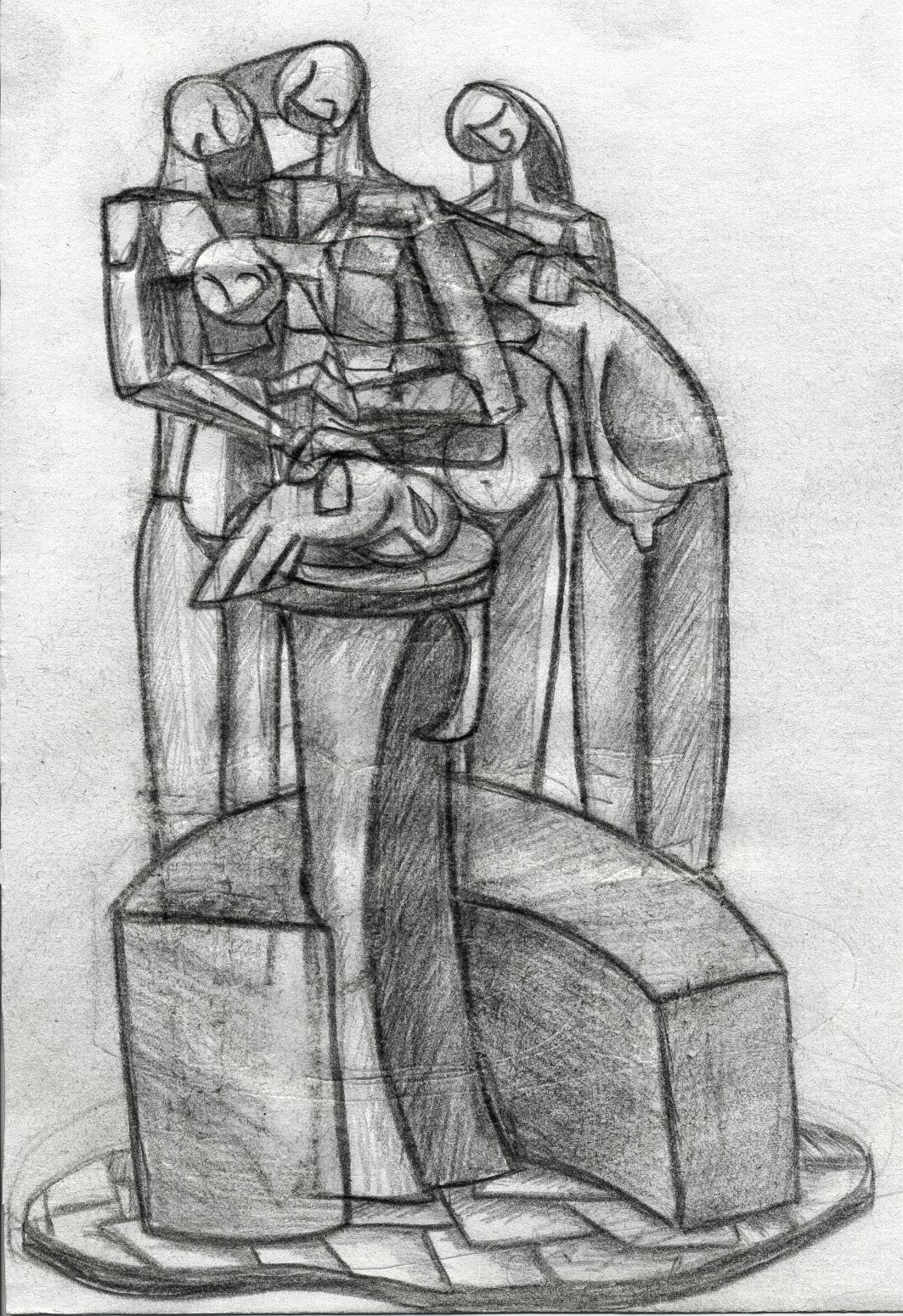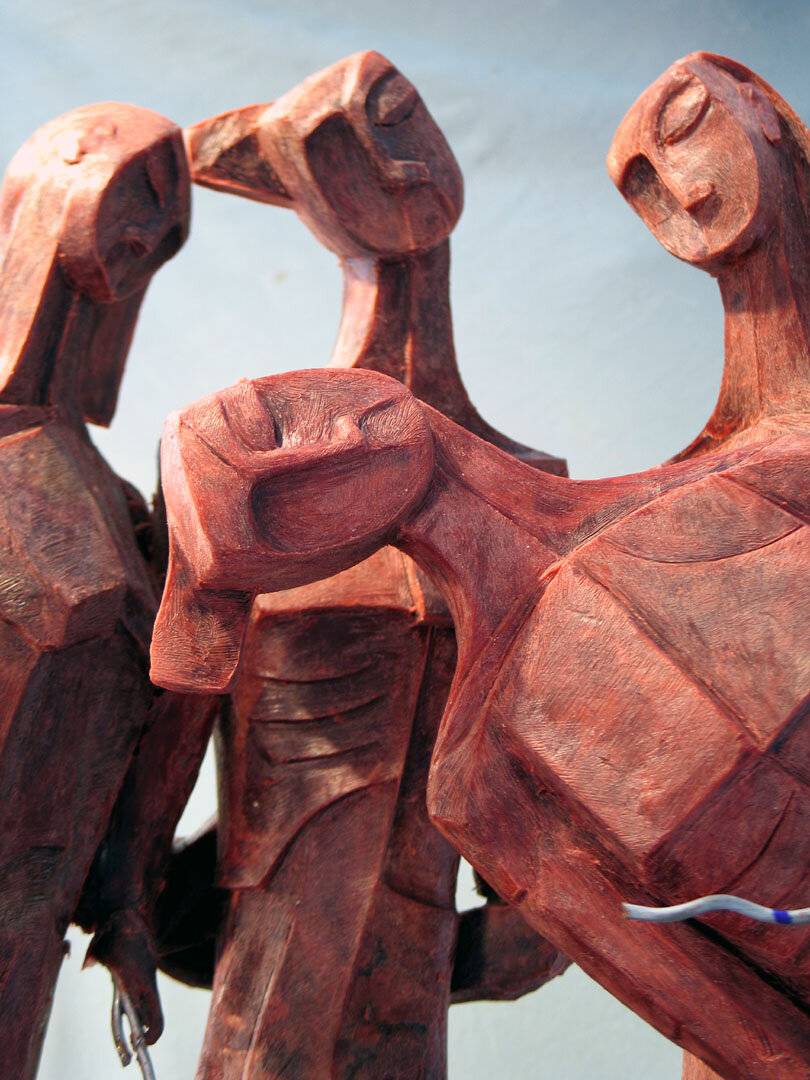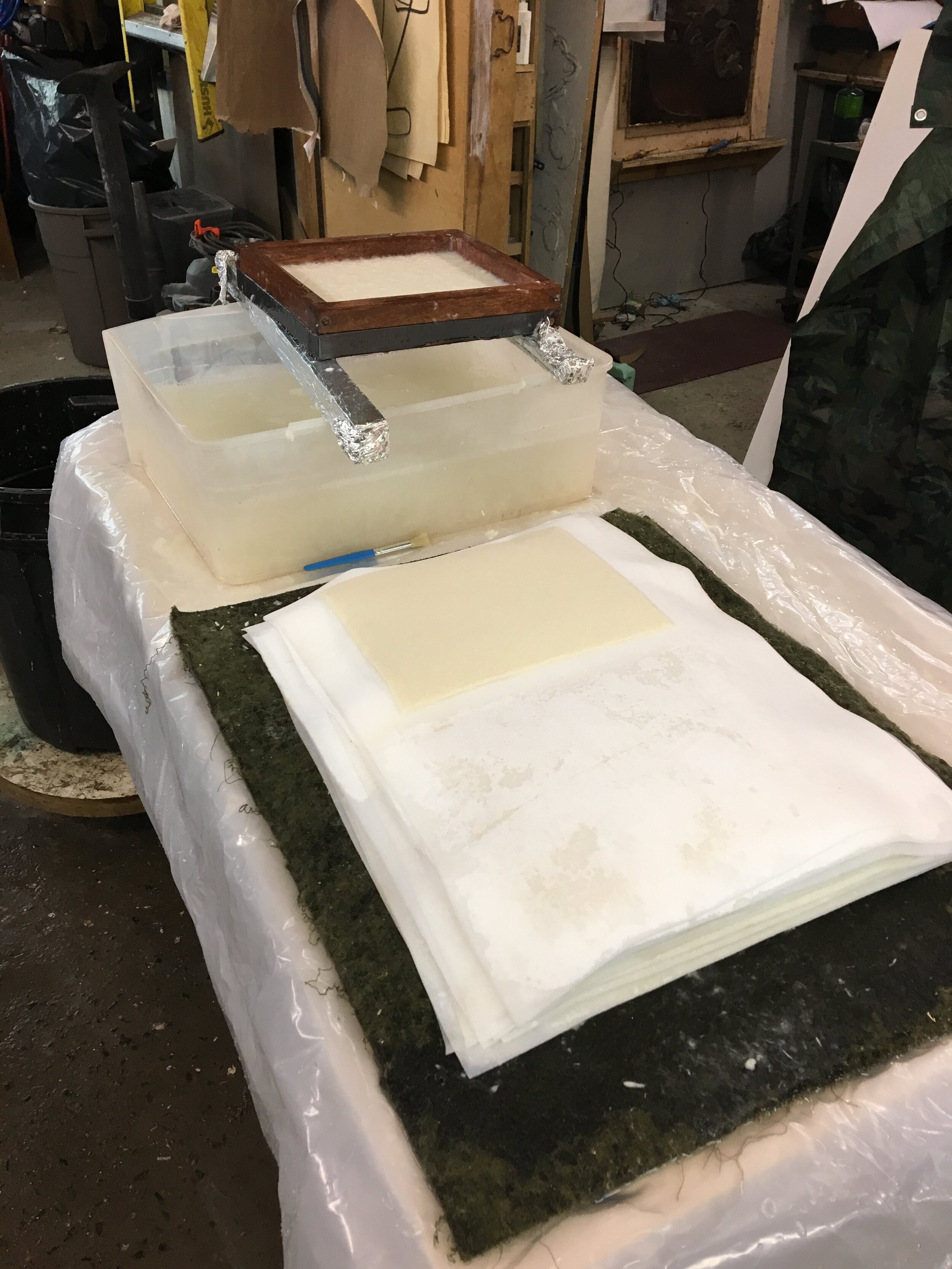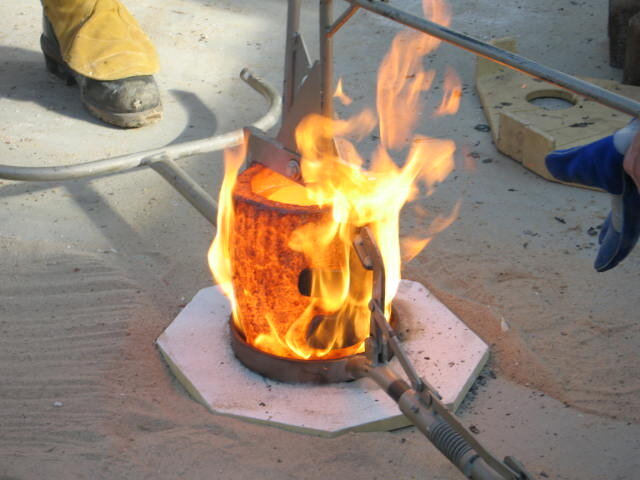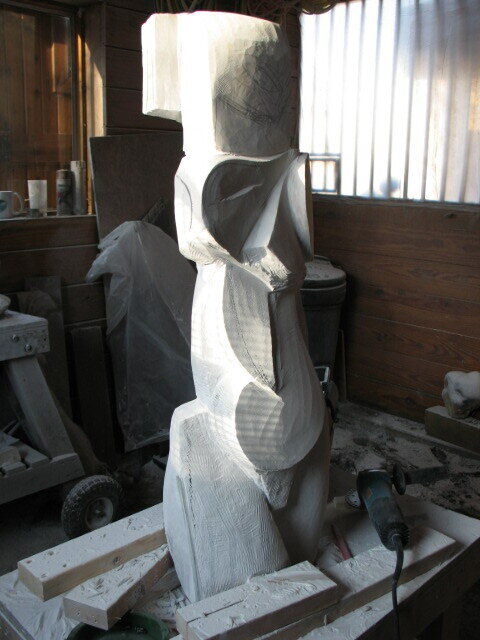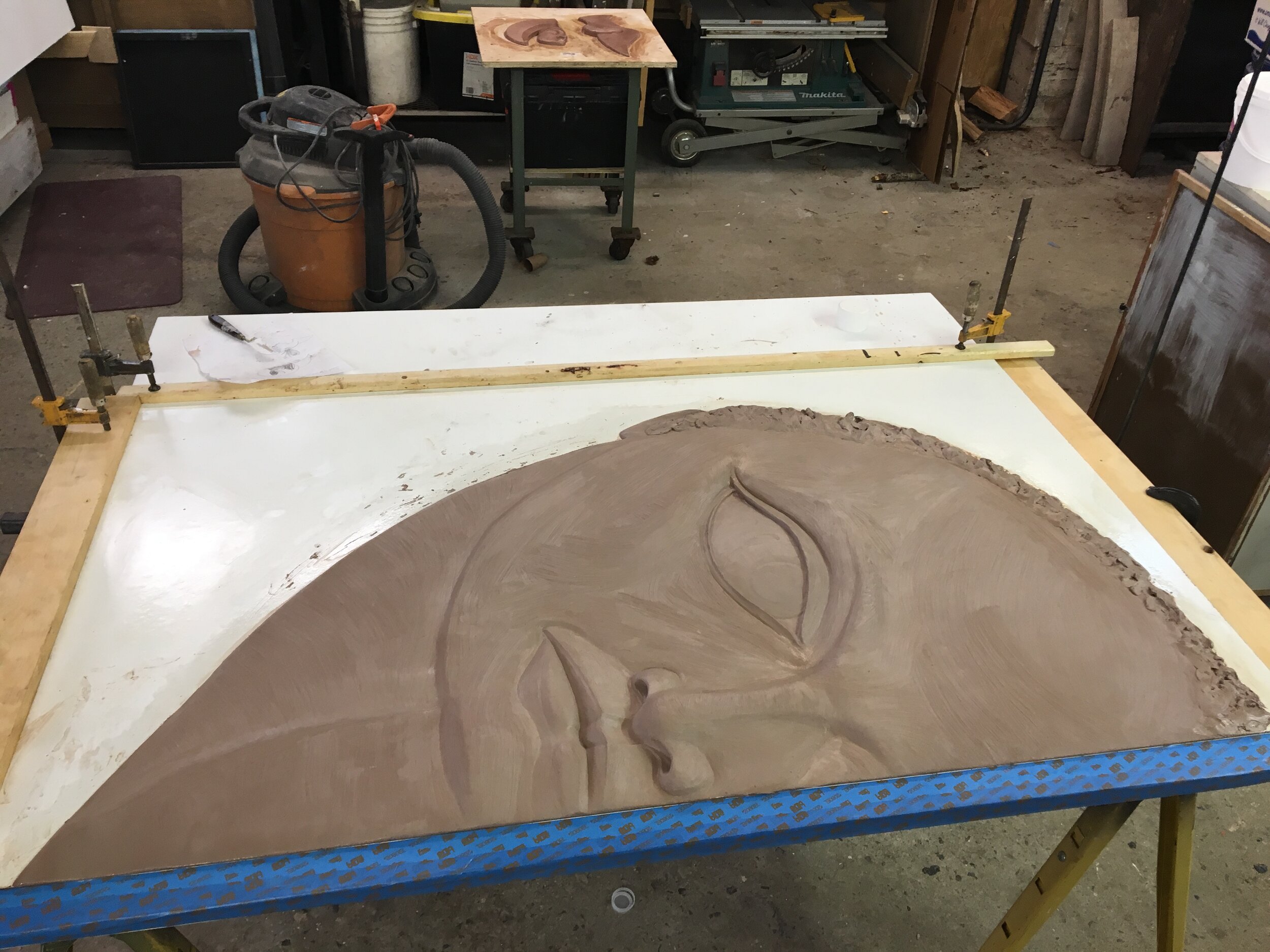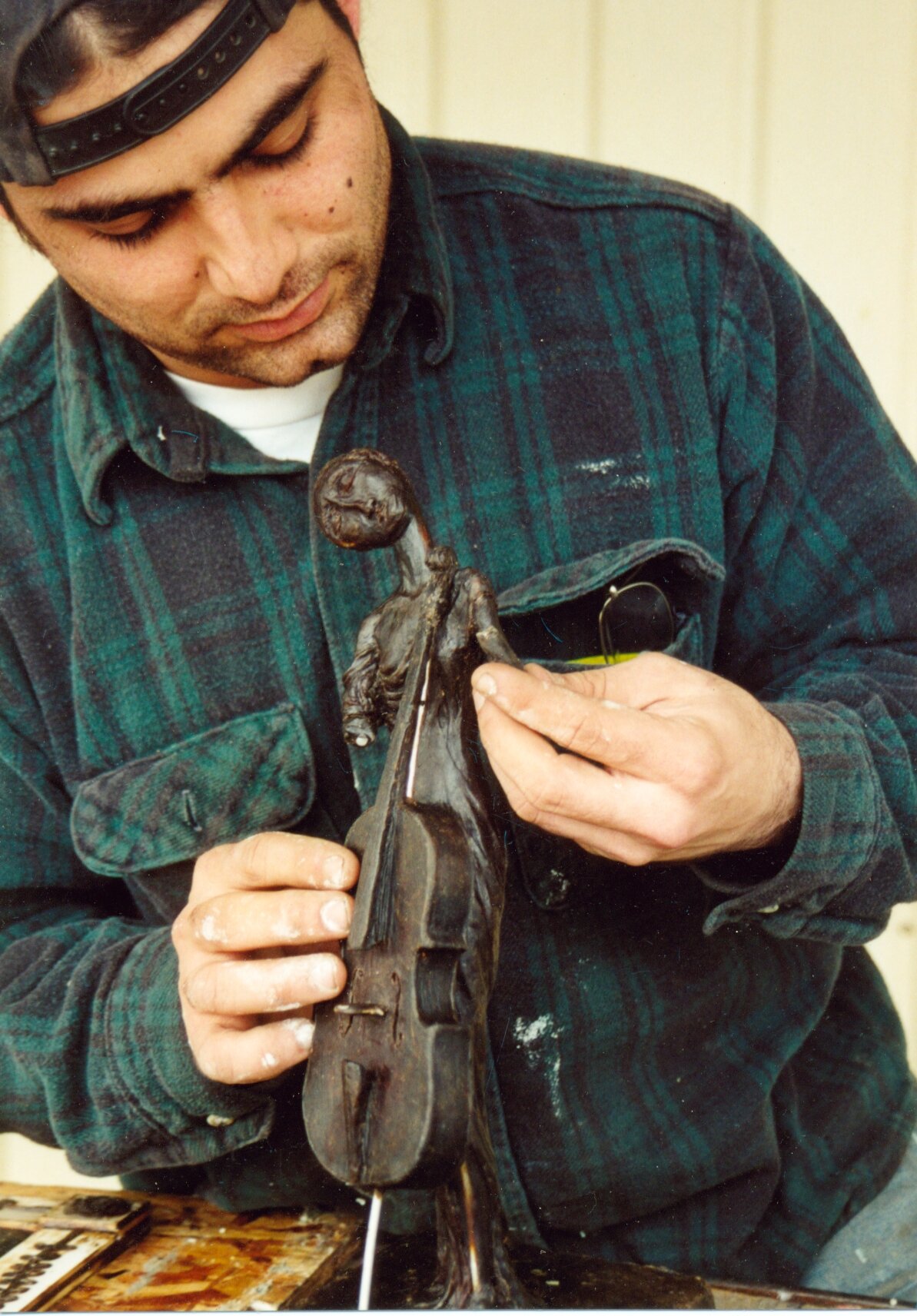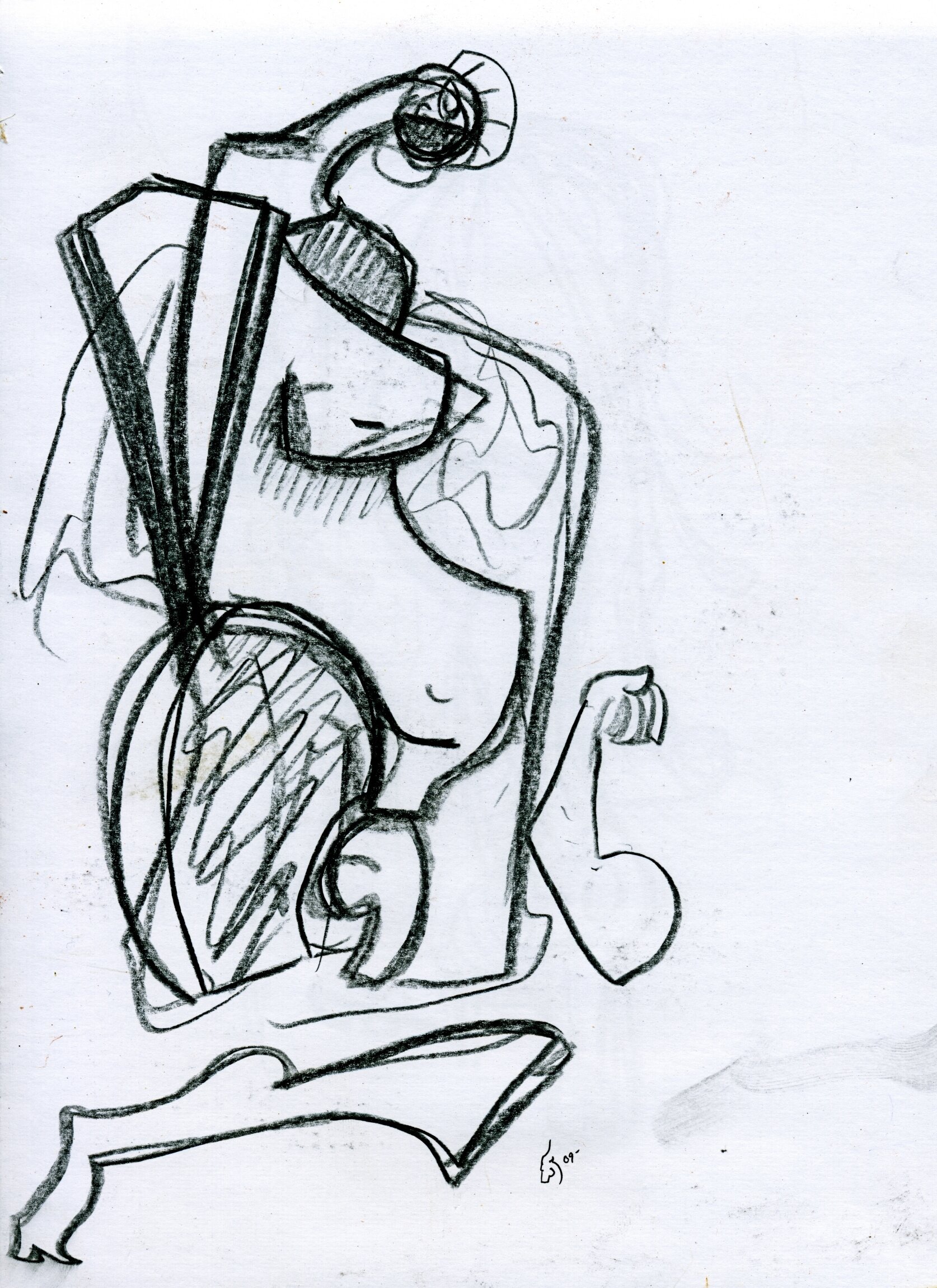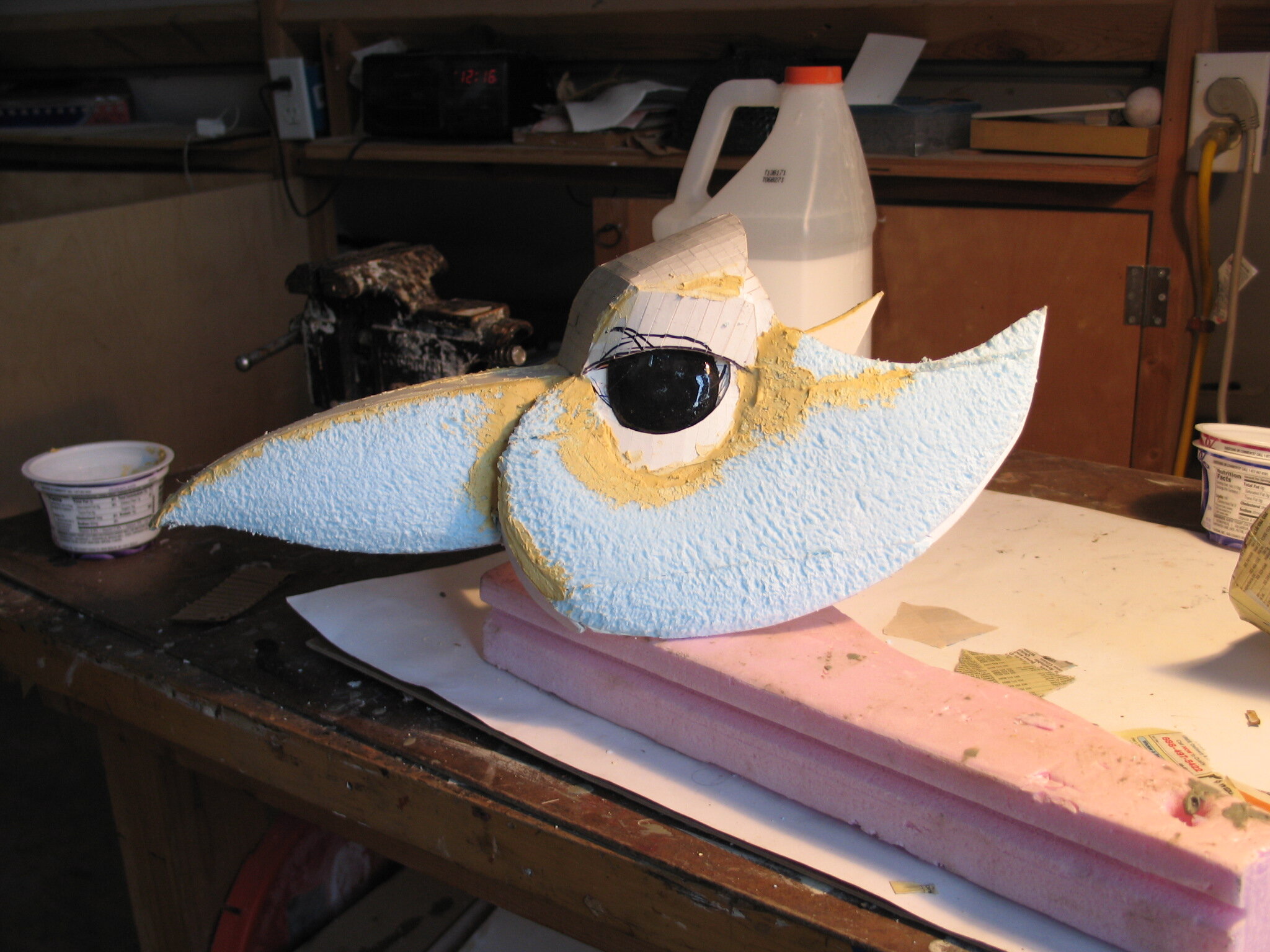I have always been fascinated with how the world we live in was put together. It can be said that this curiosity is what lies at the heart of all my work. The relationship between the artist and materials used to create that art, in many ways, come to define the framework by which the very subject contained can be interpreted. At the core of my work is the steadfast belief that art is a language, and an incredibly dynamic one. Within a singular work of art this language can simultaneously convey both literal and symbolic expressions of meaning, each of which can contain multiple messages to both contemporary and future generations. Even more incredible, that same work of art viewed through different cultural lenses can generate new lessons and understandings, not necessarily intended by the crafter of the original work based on the viewer’s own experience. No peoples can ever really be called illiterate when it comes to the visual arts. It is a fact that I had come to understand through my studies in anthropology. I cannot speak ancient Greek, Assyrian, Lakota nor Haida, but I could understand imagery and textile patterns from observing the marks of a chisel. In fact, most of what we know of any civilization, especially those of the past, we have come to know though art.
This idea of visual art as language is further reinforced when the inference is made, that the material from which a work of art is rendered gives us information not just about the individual artist but includes information about the time and civilization in which the work was created. If the material of any given work is considered as a conscious choice, then one may start asking questions such as “Why this material and not that?”; “Was this material abundant or rare?”; “Does the very use of this material indicate long experience or experimentation?” and so on. Before the subject of any work of art is even considered, one can derive volumes just considering the medium alone, and in this way the medium becomes dialect.
On the subjects in my own works, let me say that represented is an ongoing exploration into the gestural language of human form and it’s seemingly infinite levels of subtlety in hinting at what remains internal. I have not sought through my process to codify nor define the dialects of our internal lives; instead I look to a distillation of such experiences, and through the use of line, representational abstractions, and mixed media. I attempt that which so many in the arts before me strive to do, and that is to connect us. I am alive now, I am here in both the natural world and industrialized segment. Like all of us I need to balance these things for my own sense of well-being or, at very least, own up to my fumbling attempt to do so. For myself this is symbolized through my use of disparate materials and using classic narratives to tell contemporary stories. If I can make stainless steel and wood seem as if they belong together, then I have for myself (and fleetingly at that), found a moment of peace with even this slightest sense of balance.
© images and content 2020, Justin Perlman
